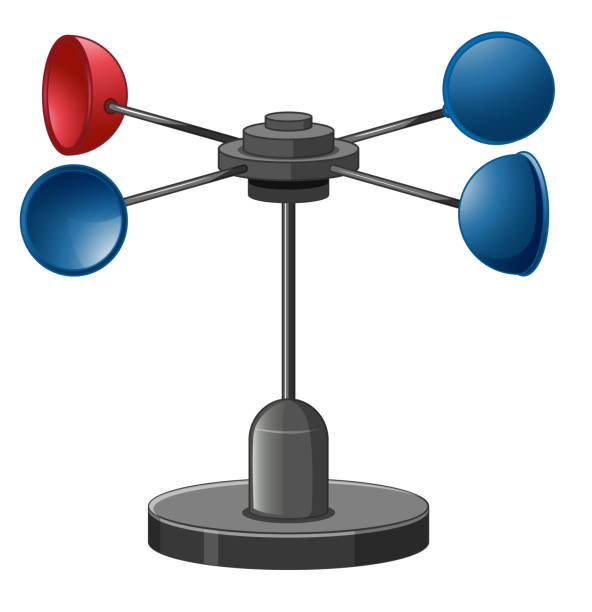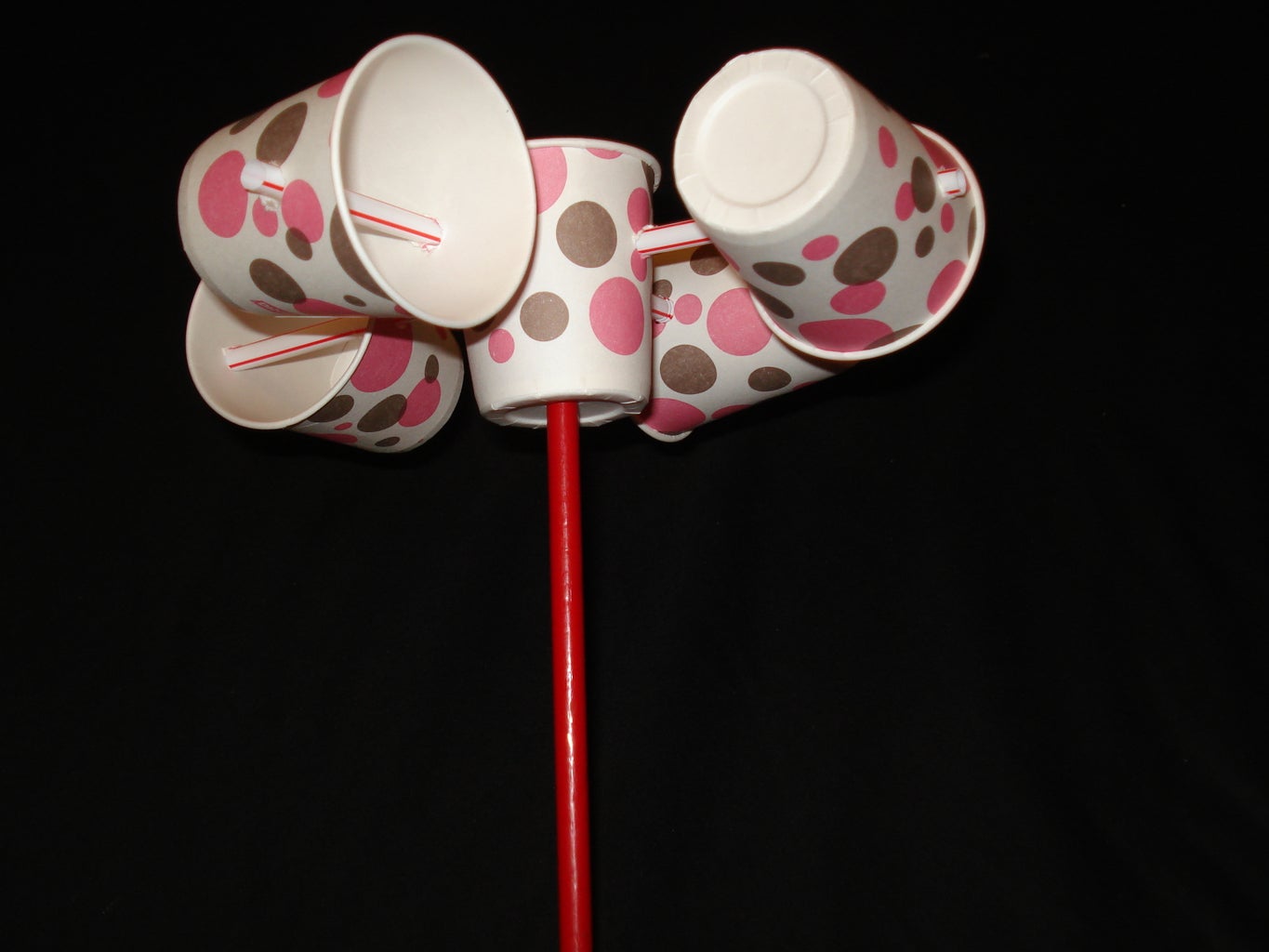The Duty of an Anemometer in Improving Safety And Security for Outdoor Activities
The Duty of an Anemometer in Improving Safety And Security for Outdoor Activities
Blog Article
All You Need to Find Out About Anemometers: How They Work, Why They Matter, and Where to Make use of Them
Anemometers, however frequently ignored in the realm of clinical tools, play a crucial duty in different fields, using beneficial insights into wind rate and air flow patterns. As we dive into the details of anemometer modern technology, we will certainly uncover the internal workings of these tools, their significance, and the crucial factors to consider when picking the appropriate anemometer for details applications.

Anemometer Fundamentals
A crucial instrument used to determine wind speed and instructions, the anemometer plays a vital duty in meteorology and different industries. An anemometer generally includes three or four mugs that turn in the wind, a vane that points right into the wind, and sensors to track the rotations or motions. By computing the turnings or motions over a details time period, the anemometer can figure out wind speed. The vane helps figure out wind instructions by pointing right into the wind, offering beneficial data for climate forecasting, aviation, maritime procedures, ecological surveillance, and wind energy applications.
There are different sorts of anemometers readily available, including cup anemometers, vane anemometers, hot-wire anemometers, and sonic anemometers, each with its special features and applications. Mug anemometers are generally made use of for fundamental wind rate dimensions, while vane anemometers are liked for directional measurements. Hot-wire anemometers appropriate for reduced airspeeds, and sonic anemometers are suitable for high-precision dimensions in research and commercial settings. Recognizing the basics of anemometers is crucial for accurate wind data collection and analysis across different sectors.
Principles of Anemometer Operation
Structure on the fundamental understanding of anemometer fundamentals, the concepts of anemometer operation clarify the auto mechanics behind wind speed and instructions dimensions. Cup anemometers, for circumstances, have 3 or even more cups that capture the wind, creating them to spin faster as the wind rate increases. Hot-wire anemometers depend on a warmed cord that cools down as wind passes over it, with the rate of cooling down establishing the wind rate.
Value of Anemometers
Anemometers play an essential role in measuring wind speed and direction, offering vital data for weather condition forecasting, environment research studies, environmental monitoring, and aviation procedures. Meteorologists depend on anemometers to gather exact wind information, helping them understand climate patterns, forecast storms, and problem timely warnings to the public. Wind ranch operators utilize anemometers to evaluate wind conditions and make best use of power manufacturing from wind generators.
Applications Throughout Various Industries
Applications of anemometers cover throughout diverse industries, showcasing their convenience and utility past meteorology. In the renewable energy market, anemometers play an important function in assessing wind problems for wind ranch positionings, guaranteeing optimum energy production. Industries like building and construction and mining make use of anemometers to keep track of wind rates, crucial for safety procedures, specifically site link when operating at heights or in open-pit mines where strong winds can present hazards. Anemometers are likewise integral in the aviation sector, aiding pilots in recognizing airspeed and wind direction go to website for safe take-offs and landings. The maritime industry take advantage of anemometers for ship navigating, helping seafarers anticipate weather changes and change paths accordingly. In farming, anemometers aid farmers in managing plant splashing by supplying real-time information on wind rate to avoid drift. Anemometers locate applications in HVAC systems to maximize airflow and improve energy effectiveness in structures. The diverse use situations of anemometers emphasize their relevance across different markets, highlighting their indispensable function in enhancing functional security and effectiveness (anemometer).

Choosing the Right Anemometer for Your Requirements
For general purposes, a mug anemometer is ideal for gauging wind rate, while a vane anemometer gives wind instructions information. Hot-wire anemometers are suitable for reduced airspeed dimensions, and ultrasonic anemometers provide high precision and durability.

Conclusion
In conclusion, anemometers play an essential function in gauging wind speed and instructions across different industries. It is vital to take into consideration the value of anemometers in order to make informed decisions when selecting the most suitable tool for determining wind conditions.
There are various kinds of anemometers offered, consisting of mug anemometers, vane anemometers, hot-wire anemometers, and sonic anemometers, each with its one-of-a-kind functions and applications. Mug anemometers are generally used for basic wind rate measurements, while vane anemometers are liked for directional dimensions. Hot-wire anemometers are ideal for reduced airspeeds, and sonic anemometers are optimal for high-precision dimensions in research and industrial Check This Out settings.Building on the foundational understanding of anemometer essentials, the concepts of anemometer procedure clarify the technicians behind wind rate and direction measurements. For general functions, a cup anemometer is ideal for measuring wind speed, while a vane anemometer offers wind direction data.
Report this page